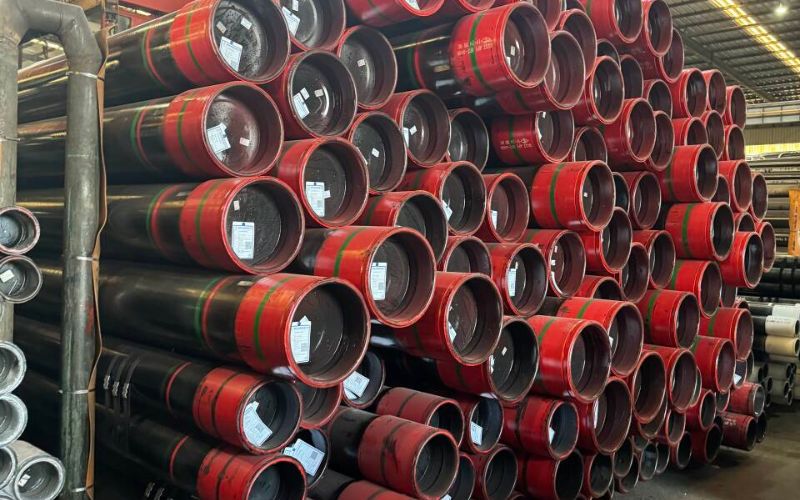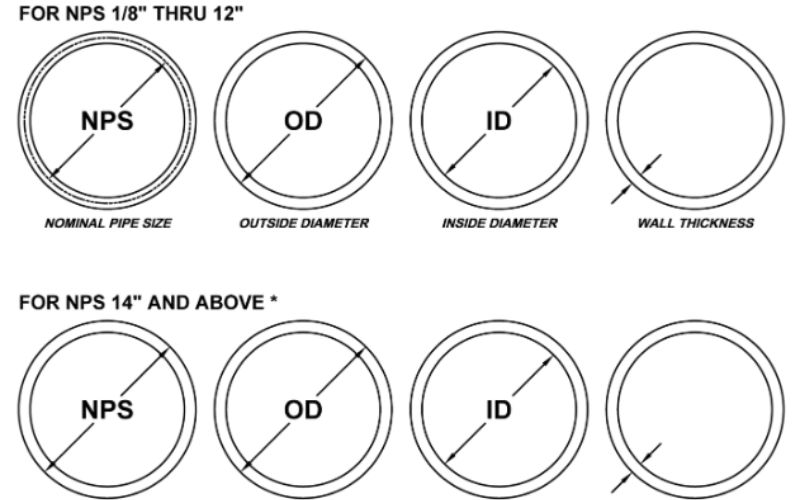In the case of industrial and high-pressure applications, the selection of the right steel pipe plays a significant role in performance, durability, and safety. The seamless pipes of ASTM A106 Grade B have become the backbone of various sectors and have very exceptional properties like being very strong, reliable, and versatile. The present article can be read as a detailed guide on A106 steel pipe alternatives illuminating their main attributes, benefits, and common uses. If you are in the construction, energy, or manufacturing industry, then this article will show you the ways ASTM A106 Grade B Pipes can handle the tough requirements of your projects. We will cover everything from material specifications to performance advantages and even more insights to help you make an informed choice. Get set to uncover the reason these pipes are preferred over others by experts all over the world.
Overview of A106 Grade B Pipe

Seamless carbon steel pipes ASTM A106 Grade B are among the most reliable and durable pipes for high-temperature and high-pressure applications. They are characterized by their long service life, high tensile strength, and ability to resist tough conditions. These properties make them suitable for use in the oil and gas industries, power generation, and chemical plants. A106 Grade B pipes are of excellent quality and have good resistance to heat and stress. Their adaptability and trustworthiness have led to their being the most favored option for the movement of liquids and gases in difficult conditions.
Introduction to ASTM A106
ASTM A106 is a norm that encompasses seamless carbon steel pipes for high-temperature and high-pressure service. The use of these pipes is typical in oil refineries, power plants, petrochemical facilities, and other industries where safe transportation of fluids or gases is vital; they are expected to perform reliably under adverse conditions. The pipes of ASTM A106, being strong, heat-resistant, and highly durable, are produced in compliance with stringent quality parameters, thereby their application in rigorous conditions.
What is A106 Grade B Seamless Pipe?
A106 Grade B seamless pipe is a carbon steel pipe manufactured without welding seams, designed specifically for high-temperature and high-pressure service. The use of these pipes is typical in oil refineries, power plants, petrochemical facilities, and other industries where safe transportation of fluids or gases is vital; they are expected to perform reliably under adverse conditions. The pipes of ASTM A106, being strong, heat-resistant, and highly durable, are produced in compliance with stringent quality parameters, thereby their application in rigorous conditions.
Importance of Pipe Specifications
Pipe specifications play an important role by confirming that the material, size, and performance of pipes are suitable for their intended application. Accurate specifications contribute to the maintenance of safety, reliability, and efficiency in critical operations like the transport of fluids under high temperature and pressure. Compatibility, together with standardization by ASTM, would avoid failures, reduce downtime, and open up the possibility of using different systems in various industries.
Technical Specifications of A106 Grade B
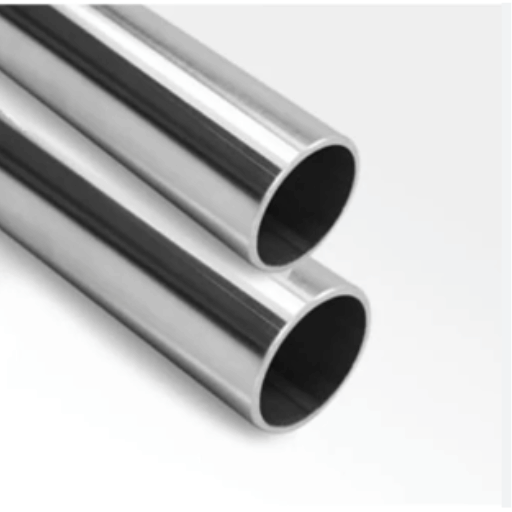
Seamless pipes of A106 Grade B are based on the following specifications:
1. Composition of the Material
- Carbon (C): Not more than 0.30%
- Manganese (Mn): Between 0.29 and 1.06%
- Phosphorus (P): Not more than 0.035%
- Sulfur (S): Not more than 0.035%
- Silicon (Si): More than 0.10%
2. Properties of the Material
- Minimum Tensile Strength: 60,000 psi (413 MPa)
- Minimum Yield Strength: 35,000 psi (241 MPa)
- Elongation: A certain percentage as prescribed regarding pipe size and wall thickness
3. Process of Manufacturing
The pipes are made up of a hot-finished or cold-drawn seamless method which guarantees strength and consistency.
4. Compliance with Temperature and Pressure
- Maximum Temperature: 750°F (399°C)
- Pressure Service: Applicable in high-pressure service for a variety of industrial uses
5. Standards of Dimensions
- Sizes of Pipes: It ranges from 1/8 inch to 48 inches as per nominal pipe sizes (NPS)
- Thickness of Walls: From Sch 10 to XXS, and also tailor-made as per request
6. Standard of Testing
- Hydrostatic Test: Proves no leaks occur at the specified pressure
- Non-Destructive Examination (NDE): Performs both ultrasonic and eddy current tests
- Mechanical Testing: Includes tensile tests, flattening and bend tests
Quality Assurance: With these specs, the A106 Grade B seamless pipes are guaranteed to be the right choice for high-temperature and high-pressure applications in various industries, without fail.
Mechanical Properties of A106 Grade B Pipe
High-performance requirements have been considered in the design of the mechanical properties of A106 Grade B seamless pipes. The important values are as follows:
Thus, these properties guarantee toughness, dependability, and capability for high-pressure and high-temperature uses.
Dimensional Standards and Wall Thickness
The A106 Grade B seamless pipes stick to tight dimensional norms that guarantee their interoperability and functional effectiveness in different industrial areas. They are made complying with the ASTM grades, where wall thickness is dictated by the schedules like SCH 40, SCH 80, SCH 160, and thus, suitable for the customer depending on the application. The accuracy in size and wall thickness gives rise to the letting-up pressure and strength of the whole structure.
Available Sizes and Schedules
Seamless pipes of A106 Grade B are offered in a broad selection of sizes, normally ranging from 1/8 inch to 48 inches in outer diameter. The pipes come with various schedule options, such as SCH 10, SCH 40, SCH 80, SCH 120, and SCH 160, making them suitable for a variety of pressure and temperature conditions. This wide range of choices allows one to accurately select based on particular industrial requirements and applications.
Manufacturing Standards for A106 Grade B Seamless Pipe
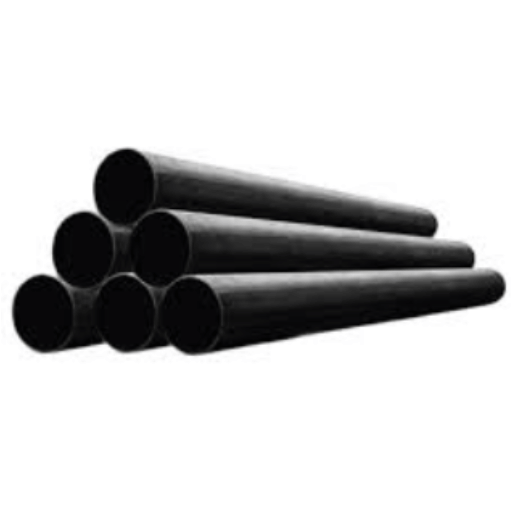
Seamless pipes of A106 Grade B quality are produced strictly according to ASTM A106/ASME SA106 standards which explicitly define the characteristics of pipes made from carbon steel and meant for high-temperature service. The mentioned specifications assure that the pipes are of the highest quality possible and that they will perform safely in the intended application. Some important factors are:
1. Material Composition
The pipes must be made out of the prescribed percentages of carbon, manganese, phosphorus, sulfur, and silicon at the very least, in order to gain strength and durability.
2. Dimensional Accuracy
The dimensional limits established by the ASTM standards are maintained during the manufacturing process.
3. Mechanical Properties
Standards compliance is required for tensile strength, yield strength, and elongation, thus securing dependable operation in different environments.
4. Testing Requirements
- Hydrostatic testing for verifying pressure containment
- Non-destructive testing methods, such as ultrasonic testing, are conducted for checking the integrity of the pipes
- Mechanical tests, including tensile and bend testing, are performed on the pipes in order to validate their flexibility and strength
5. Marking
Each pipe is labeled with detailed information including specification, grade, size, heat number, and manufacturer’s name for identification purposes.
Quality Guarantee: By complying with ASTM A106 standards so rigorously, the manufacturers ensure that the pipes are ready to be installed in the most difficult areas of the electric power industry, refinery, and chemical processing plants.
ASTM A106 Grade B Manufacturing Process
The manufacturing process of ASTM A106 Grade B pipes is comprised of a number of key steps that are necessary for the quality guarantee and the standard compliance:
- 1
Raw Material Selection: The very first step is the selection of high-grade raw materials, which are usually carbon steel. - 2
Heating and Shaping: The steel is heated and then shaped into a seamless pipe using one of the following methods: extrusion or hot rolling. - 3
Heat Treatment: One of the following heat treatments is applied to the pipe: annealing or normalizing which enhances the mechanical properties of the material. - 4
Precision Machining: Precision machining is performed to ensure that the dimensional tolerances are accurate. - 5
Testing: A series of non-destructive and destructive tests are performed to examine the integrity, strength, and performance of the pipes. - 6
Final Marking and Packaging: Lastly, the pipes are stamped with traceability information and then packaged for shipping.
This process guarantees that the pipes will withstand the high-pressure and high-temperature conditions since they are very strict requirements.
Quality Control and Testing Procedures
The quality control process is a multi-step procedure designed to guarantee that the product is up to the industry standards:
All these practices together build the pipes’ integrity, performance, and safety.
Comparison with Other ASTM Standards
ASTM A234 is a unique ASTM standard dedicated entirely to wrought carbon and alloy steel pipe fittings for high-pressure applications. These fittings are made of carbon and alloy steels, which prevents their being specified as other ASTM standards like ASTM A106 or ASTM A53, which strictly determine the kinds of pipes either to be seamless or welded. Moreover, the standard ASTM A105 only includes the forged piping components, whereas the A234 standard allows both the processes of forming and heat treatment, thus creating the fitting that has the most adaptability and performance in demanding situations. This difference guarantees that the fittings of ASTM A234 possess the absolute qualities of durability, strength, and reliability required from them in the pipeline systems.
Applications of A106 Grade B Seamless Pipe
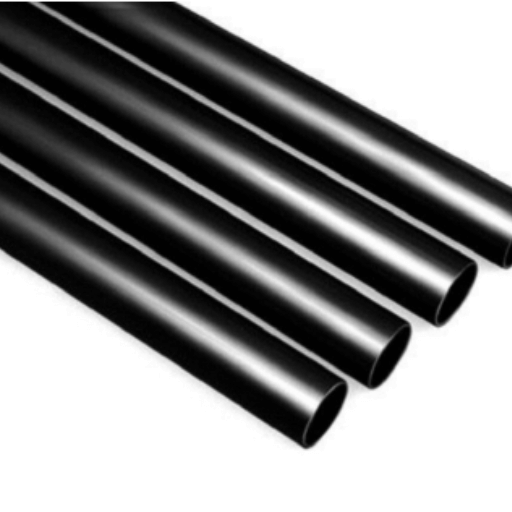
A106 Grade B seamless pipes have become a common choice in many industries because of their excellent mechanical properties, long service life, and high-temperature and pressure resistance. The primary areas of use are:
⚡ Power Plants
Installed in high-pressure boiler systems and as part of the piping for transmission of steam and water.
🛢️ Refineries
The pipeline is made of this material for transportation of crude oil, gas, and related products in hot environments.
🧪 Chemical Processing
Pipes made of A106 Grade B are used to transfer potentially hazardous substances and aggressive fluids in chemical manufacturing areas.
🏭 Petrochemical Facilities
This material is found in heat exchangers, pipes, and other equipment involved in the process.
⚙️ Industrial Equipment
A106 Grade B pipes can be found in machines and infrastructure that need consistent and reliable material performance when under stress.
Critical Note: The use of these pipes is quite necessary for the maintenance of operational reliability in harsh environments.
Common Industries Utilizing A106 Pipe
A106 pipes are highly popular in the industries where reliable and durable products are highly demanded. The principal important sectors are oil and gas, power generation, petrochemicals, chemical processing, and industrial manufacturing. The pipes’ ability to resist high pressure and temperature is the reason why they are being used in these applications.
Typical Applications and Use Cases
A106 pipes are regularly employed in high-pressure systems such as steam boilers, heat exchangers, and pressure vessels. They are also crucial for oil and gas transportation pipelines, chemical processing plants, and power plants, where their longevity and resistance to extreme temperatures and pressures are essential. These applications emphasize the pipe’s reliability and versatility in harsh industrial areas.
Benefits of Using A106 Grade B Pipe
Exceptional Strength and Toughness
A106 Grade B pipes are known for their remarkable strength and toughness, thereby being perfect for those applications that involve high-pressure and high-temperature.
Superior Reliability and Safety
Their capability of surviving even the most severe conditions is an assurance of reliability and safety over long periods in the industrial areas.
Easy Installation and Maintenance
These pipes are very easy to weld and machine, thus allowing for easy installation and maintenance.
Cost-Effective Solution
Being resistant to corrosion and chemical reactions, they do not require frequent replacements, and hence, the overall operational cost is lowered.
Reference Sources
- SS Alloy Steel – Understanding ASTM A106 Grade B Carbon Steel Pipe: The use of A106 Grade B pipes in very hot and high-pressure surroundings is mentioned, together with power generation and oil industries.
- Octal Steel – ASTM A106 Grade B Pipe Specification: The application of A106 Grade B pipes for pipeline systems carrying oil, gas, water, and mineral slurry is listed along with the specifications.
- American Piping Products – ASTM A106 Grade B Pipe: The usage of A106 Grade B pipes in power plants, boilers, petrochemical plants, and vessels is brought to light.
- Kloeckner Metals – A106B Steel Pipe: The talk is about the industries that need high-pressure, high-temperature piping, for instance, oil and gas and power generation.
- Gnee Pipe – A106 GR B Pipe VS A179 Pipe: A106 Grade B pipes are compared with other types of pipes, where their ability to withstand high temperatures and resistance to corrosion are the highlights.
Frequently Asked Questions (FAQs)
What is A106 Grade B Pipe?
A106 Grade B pipe is a carbon steel pipe produced through the process of seamless construction to be used mainly in high-temperature and high-pressure situations.
What are the common applications of A106 Grade B Pipe?
Its presence is felt in lots of industrial sectors such as oil and gas, power generation, petrochemical plants, boilers, and shipbuilding, among others.
What are the key features of A106 Grade B Pipe?
The pipe possesses a few remarkable features such as high-temperature resistance, superb corrosion resistance, and excellent durability in high-pressure situations.
What sizes are available for A106 Grade B Pipe?
A106 grade B pipe is available in many different sizes with the most common ones being from 1/8 inch to 48 inches in diameter.
What standards does A106 Grade B Pipe comply with?
It is in accordance with ASTM A106 and ASME SA106 standards, both of which are for seamless carbon steel pipes.
Ready to Choose A106 Grade B for Your Project?
With their exceptional strength, reliability, and versatility, ASTM A106 Grade B seamless pipes are the trusted choice for demanding industrial applications worldwide. Make the informed decision for performance and safety.



